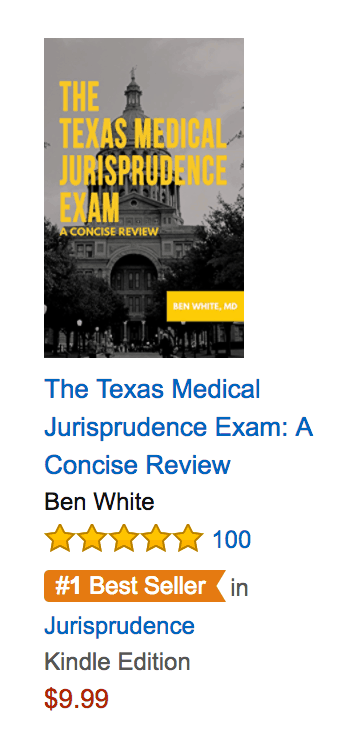Because actually changing how young doctors are trained or medicine is practiced is a big hairy potentially expensive and undoubtedly difficult problem, the ACGME has opted to abandon doubling down on actual rules governing work hours and instead focused on broad and largely unenforceable mandates on “wellness.” You can read the track changes version of the new ACGME Common Program Requirements here.
I’ve attempted to translate key portions of Wellness section for clarity:
In the current health care environment, residents and faculty members are at increased risk for burnout and depression. Psychological, emotional, and physical well-being are critical in the development of the competent, caring, and resilient physician. Self-care is an important component of professionalism; it is also a skill that must be learned and nurtured in the context of other aspects of residency training. Programs, in partnership with their Sponsoring Institutions, have the same responsibility to address well-being as they do to evaluate other aspects of resident competence.
Guys, be nice.
This responsibility must include:
a) efforts to enhance the meaning that each resident finds in the experience of being a physician, including protecting time with patients, minimizing non-physician obligations, providing administrative support, promoting progressive autonomy and flexibility, and enhancing professional relationships; b) attention to scheduling, work intensity, and work compression that impacts resident well-being; c) evaluating workplace safety data and addressing the safety of residents and faculty members;
Please attend to the degree of suffering you impose on trainees. There are no guidelines to help you determine what that might entail, so please use your best judgment. We trust you.
d) policies and programs that encourage optimal resident and faculty member well-being; and, d)(1) Residents must be given the opportunity to attend medical, mental health, and dental care appointments, including those scheduled during their working hours.
You must let doctors see other doctors for personal reasons. You can make them use vacation days. You can also remind them that they’ll be letting their peers down who will now have to cover twice the work.
The program, in partnership with its Sponsoring Institution, must educate faculty members and residents in identification of the symptoms of burnout, depression, and substance abuse, including means to assist those who experience these conditions. Residents and faculty members must also be educated to recognize those symptoms in themselves and how to seek appropriate care.
Please single out residents who look especially miserable.
There are circumstances in which residents may be unable to attend work, including but not limited to fatigue, illness, and family emergencies. Each program must have policies and procedures in place that ensure coverage of patient care in the event that a resident may be unable to perform their patient care responsibilities. These policies must be implemented without fear of negative consequences for the resident who is unable to provide the clinical work.
HAHAHAHHAHAHAHA
Also, please remember burnout is a problem with an individual trainee and not indicative of a systemic failure.
Clinical and educational work hours must be limited to no more than 80 hours per week, averaged over a four-week period, inclusive of all in-house call clinical and educational activities, clinical work done from home, and all moonlighting.
Please make sure your residents understand that they do not document work more than 80 hours per week.
Residents should have eight hours off between scheduled clinical work and education periods. There may be circumstances when residents choose to stay to care for their patients or return to the hospital with fewer than eight hours free of clinical experience and education.
We used to say 10, but 8 is easier to comply with so we changed it back. Also, it’s okay to help residents choose to stay when particularly useful. In fact, we’re continually surprised at how selfless residents are, particularly in general surgery.
Clinical and educational work periods for residents must not exceed 24 hours of continuous scheduled clinical assignments.
When we say 24, we mean 28. Just don’t put it on the official schedule like that.
In unusual rare circumstances, after handing off all other responsibilities, a resident, on their own initiative, may elect to remain beyond their scheduled period of duty or return to the clinical site…
Physician, heal thyself (during brief bathroom breaks).
These additional hours of care or education will be counted toward the 80-hour weekly limit.
Please make sure your residents are honest. Really. Even though residents breaking duty hours is always due to a resident’s inefficiencies and not related to over-reliance on cheap labor by your healthcare system, we still want to know.
The program director must review each submission of additional service, and track both individual resident and program-wide episodes of additional duty.
This was too tedious, sorry about that.
A Review Committee may grant rotation-specific exceptions for up to 10 percent or a maximum of 88 clinical and educational work hours to individual programs based on a sound educational rationale.
Don’t forget to mentally tack on the uncounted additional 10% for up to 97 hours per week.
Incoming interns, I hope this was helpful to make sense of the new changes.
